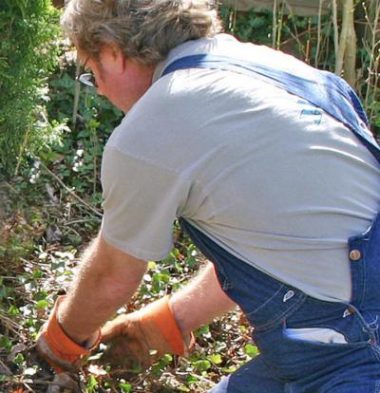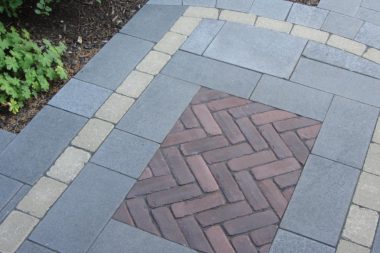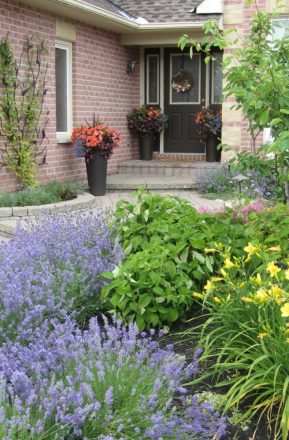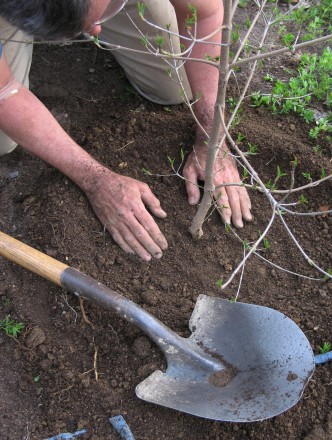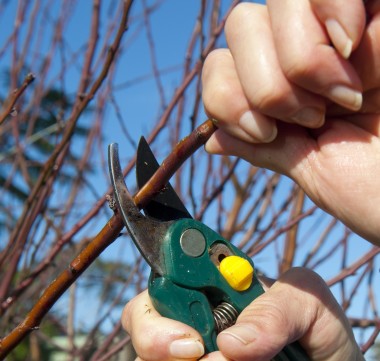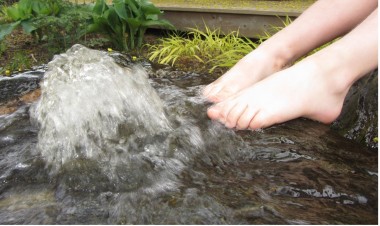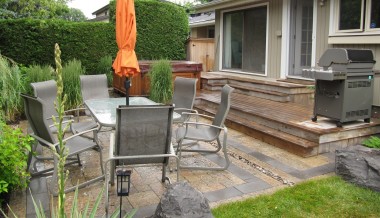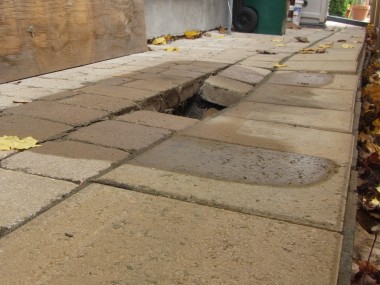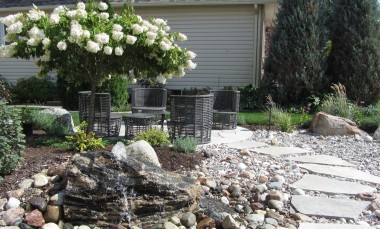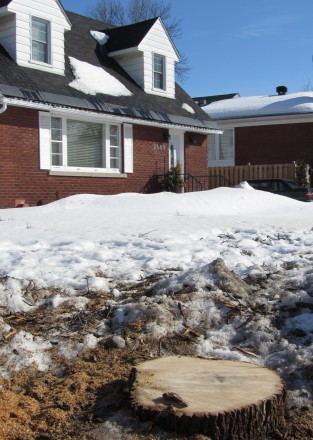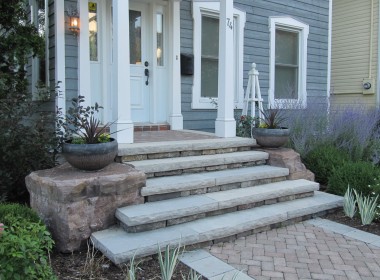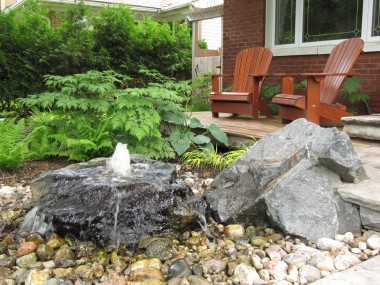By Jay Ladell
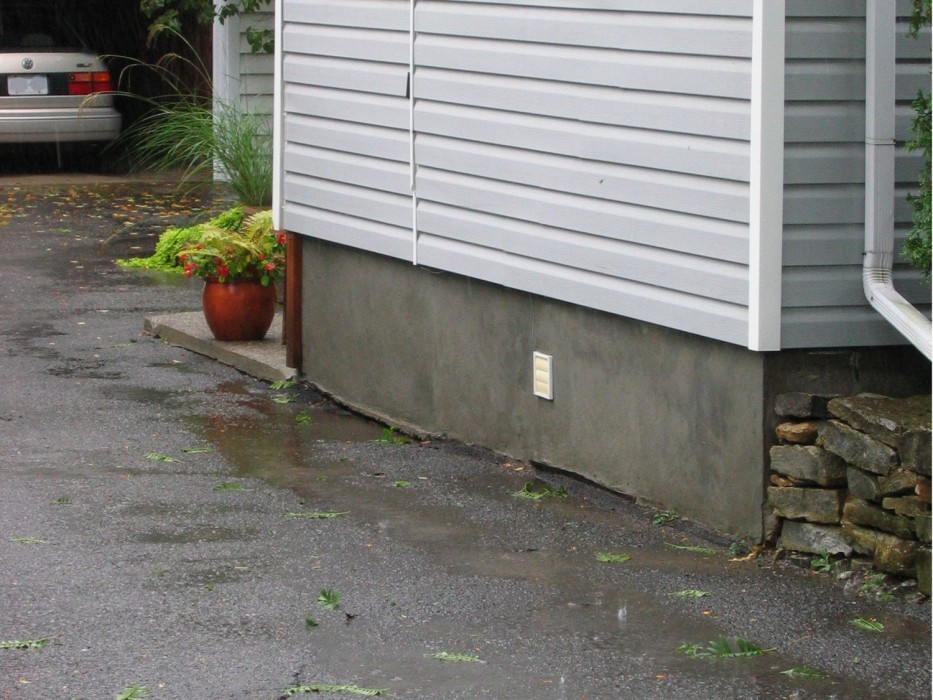 When I go to a client site, the first thing I do is check to see where the water drains on the property. Then I verify the neighbouring properties.
When I go to a client site, the first thing I do is check to see where the water drains on the property. Then I verify the neighbouring properties.
Ideally, the water should drain away from the house and secondary buildings with the property sloping toward the street. Directing water from downspouts is especially important due to the sheer volume of water they carry. Trapped water makes homes vulnerable to wet foundations and damp basements. Water in the basement in turn results in heath problems such as cancer-causing mould and is exorbitantly expensive to repair.
Homeowners who buy on the resale market may be unaware of their property’s grade. Although they hired a home inspector at time of purchase, the inspector may not check for water drainage and soil grade.
In older Ottawa neighbourhoods, where the vast majority of homes are purchased on the resale market, it is vital for homeowners to become aware about water drainage and changes to their soil grade.
Changes in grade occur for a wide variety of reasons. Some examples are:
- a neigbour makes changes to their soil grade that results in water draining from their property onto yours
- Decaying leaves and changes to the landscape over the years can slowly raise the soil level so that the drainage on the property is drastically different than when the home was built
- a new infill home is built nearby and there is insufficient grade for rainwater to absorb into the soil and the soil grade does not lead to the city sewer but onto your yard
- the height of the road has changed since the house was first built and the road is now higher than the property.
To ensure that there is proper drainage on your property, follow the same steps that I do on a client site:
First I verify that the soil grade slopes away from the foundation and towards somewhere water can be absorbed or drained. Then locate the eaves trough downspouts and ensure they extend at least 1 metre from the home. Besides leaking into basements, fast flowing water from downspouts can also destroy landscaping and erode retaining walls.
If there is a deck or porch, I go underneath to ensure the soil there also slopes away from the home.
I have inspected decks where the carpenter built the deck on the lowest spot in the yard right next to the foundation. This means that all of the water from the eaves troughs downspout might up underneath deck.
I had one client who once ended up water in the basement after every heavy rain. It came through an old basement window under her deck until we fixed the problem. Water pooling next to the foundation is a also leading cause of a cracked foundation.
To prevent water from cracking or entering through your foundation, I suggest that homeowners of both old and new homes become aware of pitfalls related to their particular type of foundation.
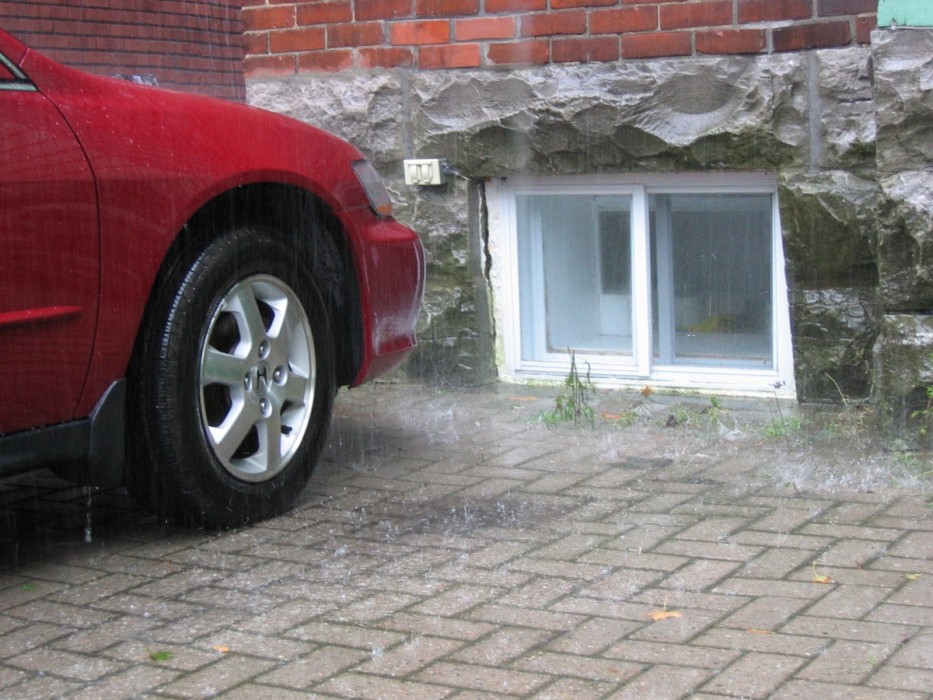 For homes with rubble and stone foundations: be aware that the mortar which holds these old foundations together breaks down over time. The weakness in homes with concrete block foundations is that the blocks themselves break down over time. New homes have foundations that can settle anywhere from two-and-half to five percent. In addition, the soil back-filled next to the foundation can likewise settle a few inches so it is important to be on the look out for resulting property grade changes that could impact drainage.
For homes with rubble and stone foundations: be aware that the mortar which holds these old foundations together breaks down over time. The weakness in homes with concrete block foundations is that the blocks themselves break down over time. New homes have foundations that can settle anywhere from two-and-half to five percent. In addition, the soil back-filled next to the foundation can likewise settle a few inches so it is important to be on the look out for resulting property grade changes that could impact drainage.
Checking your foundation is a year round task. In spring, summer and fall, remove organic build up around your home. Look at water flow from downspouts to see that water is always headed far away from buildings. In winter, remove ice and snow from around your foundation.
Also, pay particular attention to the north side of house in winter and early spring. Ice dams form there when water melts off the roof, the water flows to this colder place. During the freeze-thaw cycle, this results in trapping water around the foundation. House heat warms the soil around the foundation and this allows water to seep through the soil and risks entering into the basement.
If you purchased a resale home with landscaping you can protect your foundation by removing trees and large shrubs growing too close to your home. This will ensure that the brick or siding has sufficient airflow to take away moisture.
If you are considering hiring a landscaper be sure to hire one who is trained in grading. Errors leading to damaged foundations can cost up to $100,000 to repair.
Article originally published in the O.S.C.A.R. newspaper

